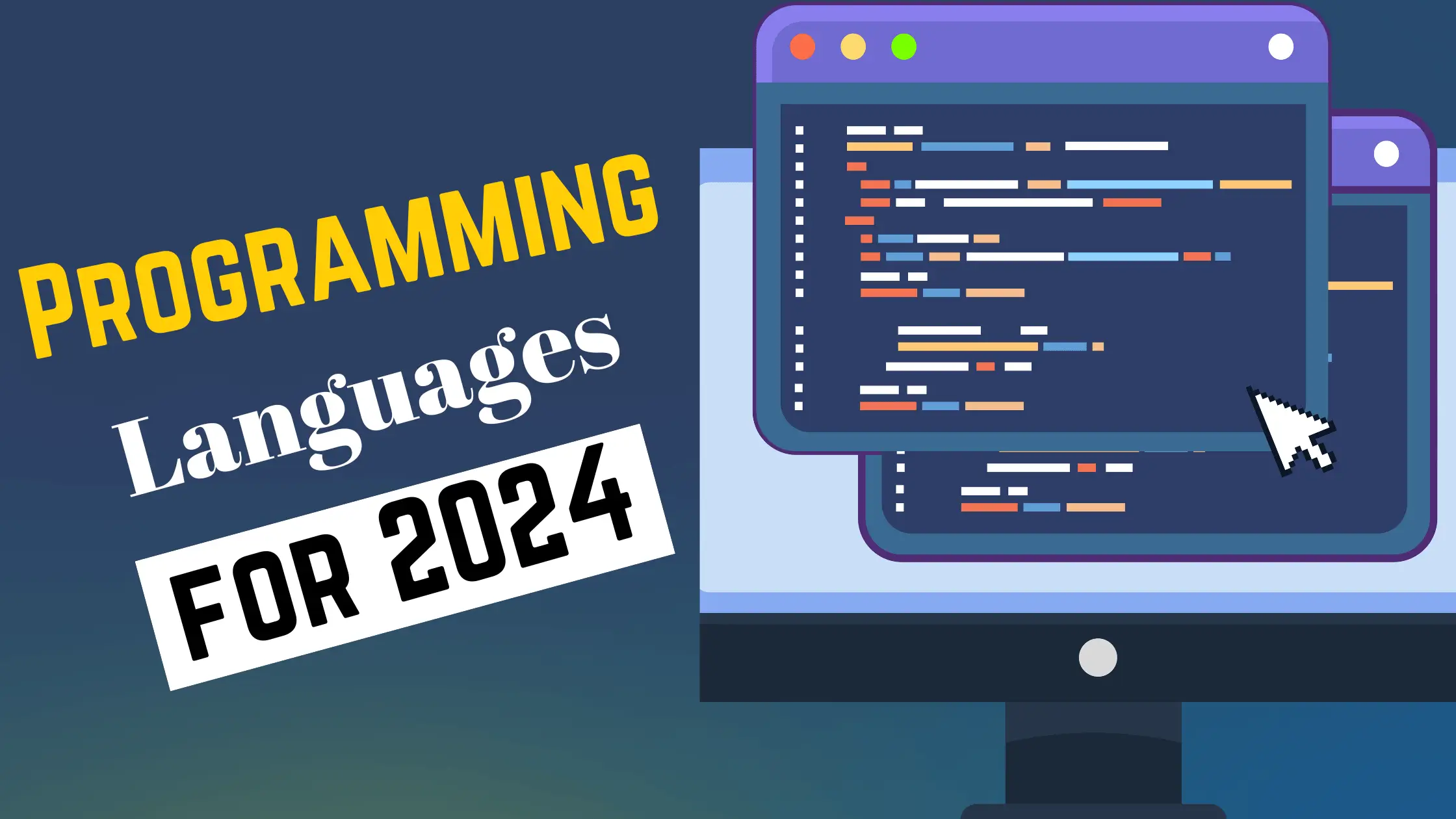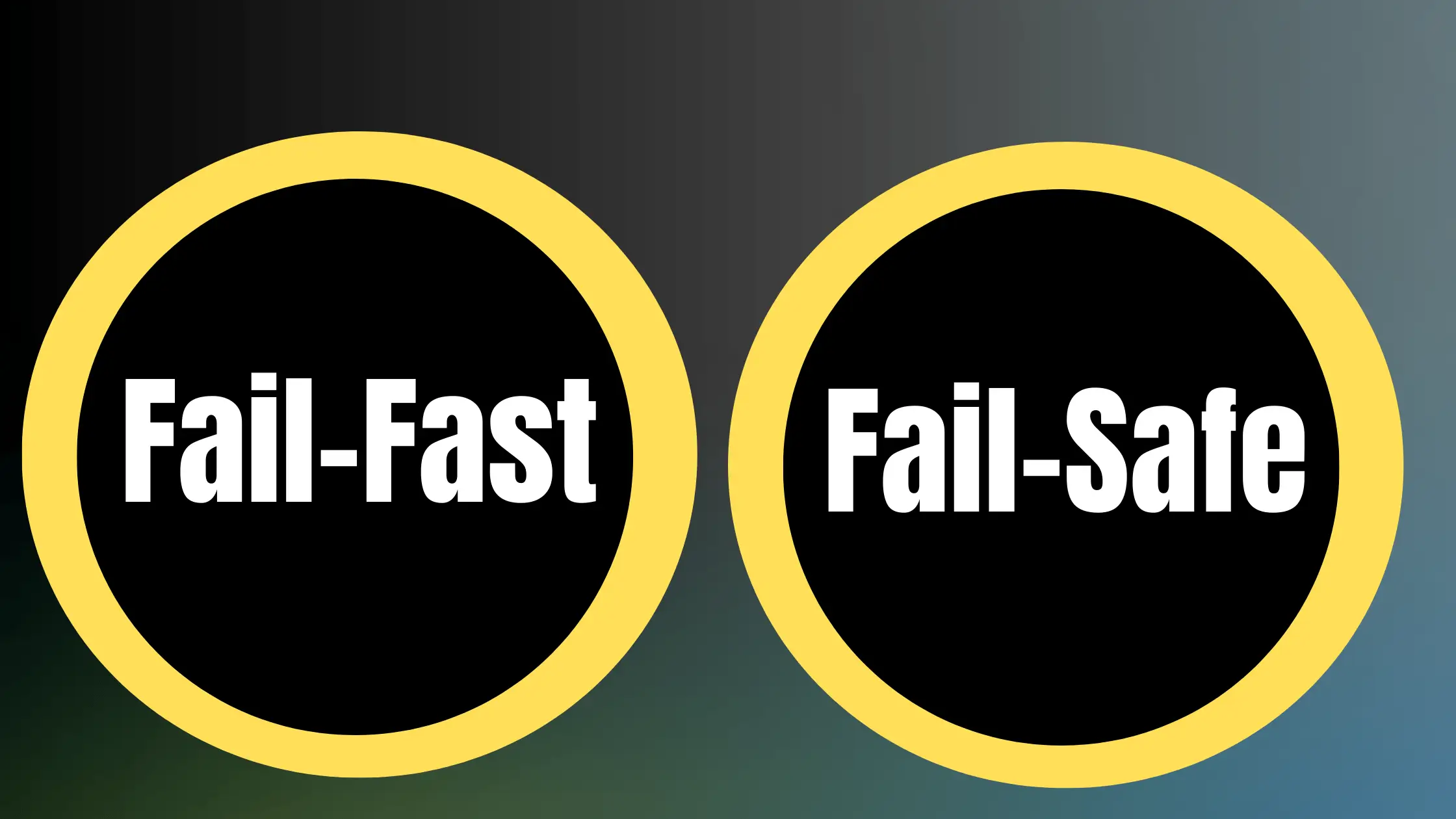Project management is the application of knowledge, skills, tools, and techniques to project activities to meet project requirements and achieve desired outcomes. It involves the planning, organizing, executing, monitoring, and controlling of project resources to accomplish specific goals within defined constraints of time, budget, and scope.
At its core, project management is about effectively managing the lifecycle of a project from inception to completion. It involves coordinating and integrating various aspects of a project, such as scope, schedule, cost, quality, human resources, communications, risk, and procurement, to ensure that the project objectives are met and stakeholder expectations are fulfilled.
Key Characteristics of a Project
To better understand project management, it is essential to grasp the key characteristics that define a project. A project is a temporary endeavor undertaken to create a unique product, service, or result. It has a defined beginning and end, and it is not a routine operation. Projects are initiated to achieve specific objectives and are typically constrained by factors such as time, cost, and scope.
Some of the key characteristics of a project include:
- Uniqueness: Each project is distinct and creates a unique product, service, or result.
- Temporary: Projects have a defined start and end date and are not ongoing operations.
- Defined Objectives: Projects are undertaken to achieve specific goals and objectives.
- Constraints: Projects are subject to limitations such as time, budget, and scope.
- Cross-functional: Projects often involve individuals from different functional areas working together.
- Progressive Elaboration: Project plans and details are developed incrementally as more information becomes available.
Benefits of Project Management
Implementing effective project management practices can bring numerous benefits to organizations. Some of the key advantages include:
- Increased Efficiency: Project management helps streamline processes, optimize resource utilization, and minimize waste, leading to improved efficiency and productivity.
- Enhanced Quality: By establishing clear quality standards and monitoring project activities, project management ensures that deliverables meet or exceed customer expectations.
- Better Risk Management: Project management involves proactively identifying, assessing, and mitigating potential risks, reducing the likelihood of project failure.
- Improved Communication: Project management facilitates effective communication among stakeholders, fostering collaboration and ensuring everyone is aligned with project goals.
- Greater Customer Satisfaction: By delivering projects on time, within budget, and to the required quality standards, project management helps increase customer satisfaction and build long-term relationships.
- Competitive Advantage: Organizations that consistently deliver successful projects gain a competitive edge in the market, as they demonstrate their ability to meet customer needs and adapt to changing demands.
Types of Projects
Projects come in various forms and sizes, each with its own unique characteristics, requirements, and challenges. Understanding the different types of projects is essential for selecting the appropriate project management approach and strategies. Let’s explore some common types of projects:
Construction Projects
Construction projects involve the building or renovation of physical structures, such as buildings, bridges, roads, or infrastructure. These projects are typically large-scale, complex, and require significant resources, including labor, materials, and equipment. Construction projects often involve multiple stakeholders, such as architects, engineers, contractors, and government agencies, and require careful coordination and planning to ensure successful completion.
Information Technology (IT) Projects
IT projects encompass the development, implementation, or maintenance of information technology systems, software applications, hardware infrastructure, or network systems. These projects often have complex technical requirements and require specialized skills and expertise. IT projects may involve the creation of new software products, the integration of systems, or the upgrading of existing infrastructure. They are often driven by the need to improve business processes, enhance efficiency, or gain a competitive advantage through technology.
Research and Development (R&D) Projects
Research and development projects focus on the exploration and creation of new products, services, or technologies. These projects are often innovative and require significant investment in research, testing, and prototyping. R&D projects may involve scientific research, product development, or process improvement initiatives. They are characterized by a high degree of uncertainty and risk, as the outcomes are not always predictable or guaranteed. However, successful R&D projects can lead to breakthrough innovations and provide organizations with a competitive edge.
Marketing and Advertising Projects
Marketing and advertising projects involve the planning and execution of campaigns to promote products, services, or brands. These projects may include activities such as market research, brand strategy development, creative content creation, media planning, and campaign execution. Marketing projects often have specific goals, such as increasing brand awareness, generating leads, or driving sales. They require a deep understanding of target audiences, market trends, and effective communication strategies.
Event Management Projects
Event management projects involve the planning and execution of various types of events, such as conferences, trade shows, product launches, or social gatherings. These projects require careful coordination of logistics, including venue selection, catering, entertainment, and attendee management. Event projects often have tight timelines and require meticulous attention to detail to ensure a seamless and successful experience for participants. Effective event management involves managing budgets, vendors, and stakeholder expectations while delivering a memorable and engaging event.
Organizational Change Projects
Organizational change projects focus on implementing significant changes within an organization, such as restructuring, process improvement, or cultural transformation. These projects often involve multiple departments and require buy-in from senior management and employees. Organizational change projects may be triggered by factors such as mergers and acquisitions, market shifts, or the need to improve efficiency and competitiveness. Effective change management is crucial for the success of these projects, as it involves managing resistance, communicating effectively, and ensuring a smooth transition to the new state.
Project Management Phases
Project management typically follows a structured approach that consists of several distinct phases. Each phase has its own set of activities, deliverables, and milestones. Understanding these phases is crucial for effective project planning, execution, and control. Let’s explore the different project management phases in detail:
Initiation Phase
The initiation phase is the first stage of the project management lifecycle. It involves defining the project’s purpose, objectives, and scope. During this phase, the project manager works with stakeholders to identify the project’s feasibility, assess potential risks, and establish the project charter. The project charter is a key document that formally authorizes the project and outlines its high-level requirements, constraints, and stakeholders.
Key activities in the initiation phase include:
- Conducting a feasibility study
- Identifying project stakeholders
- Developing the project charter
- Obtaining project sponsor approval
Planning Phase
The planning phase is where the project manager and team develop a detailed plan for executing the project. This phase involves breaking down the project into smaller, manageable tasks, estimating resources and timelines, and creating a project schedule. The planning phase also includes identifying project risks, establishing a communication plan, and defining quality standards.
Key activities in the planning phase include:
- Creating a work breakdown structure (WBS)
- Developing a project schedule
- Estimating project costs and resources
- Identifying project risks and developing a risk management plan
- Establishing project milestones and deliverables
- Defining project communication and reporting mechanisms
Execution Phase
The execution phase is where the project plan is put into action, and the project team works towards delivering the project objectives. During this phase, the project manager coordinates and monitors the project activities, manages resources, and communicates with stakeholders. The execution phase involves implementing project tasks, managing changes, and ensuring that the project stays on track.
Key activities in the execution phase include:
- Assigning tasks to project team members
- Monitoring project progress and performance
- Managing project resources and budget
- Communicating with stakeholders and providing regular updates
- Identifying and resolving project issues and risks
- Implementing change management processes
Monitoring and Controlling Phase
The monitoring and controlling phase occurs concurrently with the execution phase. It involves tracking project progress, comparing actual performance against the project plan, and taking corrective actions when necessary. The project manager regularly monitors project metrics, such as schedule, cost, and quality, to ensure that the project remains within the defined constraints.
Key activities in the monitoring and controlling phase include:
- Measuring project performance against the baseline plan
- Analyzing project variances and identifying root causes
- Implementing corrective actions to address deviations
- Updating project plans and documents based on changes
- Communicating project status and performance to stakeholders
- Managing project risks and issues
Closing Phase
The closing phase is the final stage of the project management lifecycle. It involves formally concluding the project, obtaining final acceptance from stakeholders, and transitioning the project deliverables to the appropriate parties. The closing phase also includes conducting a post-project review to capture lessons learned and identify areas for improvement.
Key activities in the closing phase include:
- Obtaining final approval and acceptance of project deliverables
- Conducting a post-project review and documenting lessons learned
- Archiving project documents and records
- Releasing project resources and closing contracts
- Celebrating project success and recognizing team achievements
Project Management Scope
Project scope refers to the boundaries and extent of work that needs to be accomplished to deliver a project successfully. It defines what is included in the project and what is excluded. Managing project scope is crucial to ensure that the project stays focused on its objectives and does not experience scope creep, which can lead to delays, cost overruns, and compromised quality.
Defining Project Scope
Defining project scope involves clearly articulating the project’s objectives, deliverables, and requirements. It involves collaborating with stakeholders to identify and document the specific outcomes and features that the project will deliver. The project scope statement is a key document that outlines the project’s boundaries, assumptions, and constraints.
Key elements of a project scope statement include:
- Project objectives and goals
- Project deliverables and features
- Project boundaries and exclusions
- Assumptions and constraints
- Acceptance criteria for project deliverables
Scope Management Processes
Effective scope management involves several processes to ensure that the project scope is well-defined, controlled, and verified. These processes include:
- Scope Planning: Developing a scope management plan that outlines how the project scope will be defined, validated, and controlled.
- Scope Definition: Clearly defining and documenting the project scope, including the project objectives, deliverables, and requirements.
- Scope Validation: Obtaining formal acceptance of the project scope from key stakeholders to ensure alignment and agreement.
- Scope Control: Monitoring and controlling changes to the project scope throughout the project lifecycle to prevent scope creep and ensure that any changes are properly assessed, approved, and integrated.
Work Breakdown Structure (WBS)
The Work Breakdown Structure (WBS) is a hierarchical decomposition of the project scope into smaller, manageable components called work packages. It provides a structured way to organize and define the total scope of the project. The WBS breaks down the project deliverables into progressively smaller and more detailed elements until they reach a level where they can be effectively managed and executed.
Creating a WBS involves the following steps:
- Identify the project’s major deliverables or components.
- Decompose each major deliverable into smaller sub-deliverables or work packages.
- Continue breaking down the sub-deliverables until a sufficient level of detail is reached.
- Assign unique identifiers to each work package for easy reference and tracking.
The WBS serves as a foundation for project planning, as it helps in estimating effort, assigning resources, and creating project schedules. It also provides a common understanding of the project scope among all stakeholders.
Project Management Methodologies
Project management methodologies are structured approaches and frameworks that provide guidelines, best practices, and processes for managing projects effectively. Different methodologies have evolved over time to cater to various project types, industries, and organizational needs. Let’s explore some of the most commonly used project management methodologies:
Waterfall Methodology
The Waterfall methodology is a linear and sequential approach to project management. It follows a structured and phased approach, where each phase must be completed before moving on to the next one. The phases typically include requirements gathering, design, implementation, testing, and deployment. The Waterfall methodology emphasizes detailed planning, documentation, and strict control over the project scope.
Advantages of the Waterfall methodology include:
- Clear and well-defined project phases
- Emphasis on documentation and traceability
- Suitable for projects with stable and well-understood requirements
Disadvantages of the Waterfall methodology include:
- Limited flexibility to accommodate changes
- Difficulty in incorporating feedback and iterative improvements
- Potential for delays and cost overruns if requirements change or issues arise
Agile Methodology
The Agile methodology is an iterative and incremental approach to project management that emphasizes flexibility, collaboration, and customer satisfaction. It is based on the principles outlined in the Agile Manifesto, which values individuals and interactions, working software, customer collaboration, and responding to change.
Agile projects are divided into short iterations called sprints, typically lasting 2-4 weeks. Each sprint focuses on delivering a working increment of the product. The project team works closely with stakeholders to prioritize requirements, gather feedback, and make necessary adjustments throughout the project lifecycle.
Advantages of the Agile methodology include:
- Flexibility to adapt to changing requirements and customer needs
- Increased collaboration and communication among team members and stakeholders
- Faster time-to-market and early delivery of value
- Emphasis on continuous improvement and learning
Disadvantages of the Agile methodology include:
- Requires a high level of customer involvement and collaboration
- May be challenging to apply in projects with strict regulatory or compliance requirements
- Potential for scope creep if not properly managed
Scrum Framework
Scrum is a specific framework within the Agile methodology that provides a structured approach to project management. It is commonly used for software development projects but can be applied to other types of projects as well. Scrum emphasizes self-organizing and cross-functional teams, iterative development, and frequent delivery of working software.
Key roles in Scrum include:
- Product Owner: Responsible for defining and prioritizing the product backlog and representing the interests of stakeholders.
- Scrum Master: Facilitates the Scrum process, removes obstacles, and ensures the team follows Scrum practices.
- Development Team: A cross-functional team responsible for delivering working software increments.
Scrum events include:
- Sprint Planning: A meeting where the team selects items from the product backlog to work on during the upcoming sprint.
- Daily Scrum: A brief daily meeting where team members synchronize their work and plan for the day.
- Sprint Review: A meeting at the end of each sprint where the team demonstrates the completed work to stakeholders and gathers feedback.
- Sprint Retrospective: A meeting where the team reflects on the previous sprint and identifies areas for improvement.
Lean Methodology
The Lean methodology originated from the Toyota Production System and focuses on maximizing value while minimizing waste. It emphasizes continuous improvement, optimizing the flow of work, and delivering value to customers as quickly as possible.
Key principles of the Lean methodology include:
- Identifying and eliminating waste in processes and activities
- Focusing on delivering value to customers
- Continuous improvement through small, incremental changes
- Empowering team members to identify and solve problems
- Visualizing the workflow to identify bottlenecks and improve efficiency
Lean project management often incorporates practices such as value stream mapping, Kanban boards, and just-in-time delivery to optimize the flow of work and minimize inventory.
PRINCE2 Methodology
PRINCE2 (Projects IN Controlled Environments) is a process-based methodology for project management. It provides a structured approach to managing projects, focusing on organization, management, and control. PRINCE2 defines seven principles, seven themes, and seven processes that guide project management activities.
The seven principles of PRINCE2 include:
- Continued Business Justification
- Learn from Experience
- Defined Roles and Responsibilities
- Manage by Stages
- Manage by Exception
- Focus on Products
- Tailor to the Project Environment
PRINCE2 projects are divided into stages, each with defined activities and deliverables. The methodology emphasizes thorough documentation, risk management, and quality control throughout the project lifecycle.
Project Management Tools and Techniques
Project management tools and techniques are essential for effectively planning, executing, and monitoring projects. They help project managers and teams to organize and track project activities, communicate effectively, and make informed decisions. Let’s explore some commonly used project management tools and techniques:
Gantt Charts
Gantt charts are graphical representations of a project schedule, displaying tasks, dependencies, and timelines. They provide a visual overview of the project’s progress and help in identifying potential delays or conflicts. Gantt charts are particularly useful for planning and tracking projects with multiple tasks and dependencies.
PERT (Program Evaluation and Review Technique)
PERT is a network analysis technique used for estimating project durations and identifying the critical path. It involves creating a network diagram that shows the sequence of project activities and their dependencies. PERT calculates the expected duration of each activity based on optimistic, most likely, and pessimistic estimates. It helps in identifying the critical path, which is the longest sequence of activities that determine the minimum time required to complete the project.
Critical Path Method (CPM)
The Critical Path Method (CPM) is a project management technique used to analyze and schedule complex projects. It involves creating a network diagram that shows the sequence of project activities, their durations, and dependencies. CPM identifies the critical path, which is the longest path through the network that determines the shortest possible completion time for the project. It helps in optimizing project schedules, allocating resources effectively, and identifying potential bottlenecks.
Work Breakdown Structure (WBS)
As discussed earlier, the Work Breakdown Structure (WBS) is a hierarchical decomposition of the project scope into smaller, manageable components. It provides a structured way to organize and define the total scope of the project. The WBS serves as a foundation for project planning, estimating, scheduling, and controlling.
Resource Allocation and Leveling
Resource allocation involves assigning the necessary resources, such as personnel, equipment, and materials, to project activities. Resource leveling is the process of adjusting the project schedule to ensure that resource usage is balanced and optimized throughout the project. It helps in avoiding resource overallocation or underutilization, which can lead to project delays or inefficiencies.
Earned Value Management (EVM)
Earned Value Management (EVM) is a project management technique that integrates scope, schedule, and cost data to measure project performance and progress. It compares the planned work with the actual work completed and the costs incurred. EVM provides metrics such as Schedule Variance (SV), Cost Variance (CV), and Schedule Performance Index (SPI) to assess project health and forecast future performance.
Risk Management
Risk management is the process of identifying, assessing, and mitigating potential risks that may impact the project’s objectives. It involves developing a risk management plan, identifying potential risks, analyzing their likelihood and impact, and implementing risk response strategies. Effective risk management helps in proactively addressing potential issues and minimizing their impact on the project.
Stakeholder Management
Stakeholder management involves identifying, analyzing, and engaging individuals or groups who have an interest or influence on the project. It includes understanding stakeholder expectations, communicating effectively, and managing their involvement throughout the project lifecycle. Effective stakeholder management helps in building trust, gaining support, and aligning project objectives with stakeholder needs.
Project Management Best Practices
Effective project management requires a combination of skills, knowledge, and best practices. Here are some key project management best practices that can help in delivering successful projects:
- Clear Project Objectives: Clearly define and communicate the project objectives, scope, and success criteria to all stakeholders. Ensure that everyone has a shared understanding of what the project aims to achieve.
- Detailed Project Planning: Develop a comprehensive project plan that includes a detailed schedule, resource allocation, budget, and risk management strategies. Break down the project into manageable tasks and assign responsibilities to team members.
- Effective Communication: Establish clear communication channels and protocols for the project team and stakeholders. Regular communication helps in keeping everyone informed, aligned, and engaged throughout the project lifecycle.
- Stakeholder Engagement: Actively involve and engage stakeholders throughout the project. Seek their input, address their concerns, and keep them updated on project progress and any changes.
- Risk Management: Proactively identify and assess potential risks that may impact the project. Develop risk response strategies and contingency plans to mitigate or eliminate risks.
- Quality Assurance: Implement quality assurance processes to ensure that project deliverables meet the required standards and customer expectations. Conduct regular quality reviews and testing to identify and address any issues.
- Change Management: Establish a formal change management process to handle any changes to the project scope, schedule, or budget. Assess the impact of changes and obtain necessary approvals before implementing them.
- Continuous Monitoring and Control: Regularly monitor project progress, performance, and metrics. Compare actual results with the project plan and take corrective actions as needed to keep the project on track.
- Team Development: Foster a collaborative and supportive team environment. Provide necessary training, resources, and support to enable team members to perform their roles effectively. Encourage open communication, knowledge sharing, and continuous improvement.
- Lessons Learned: Capture and document lessons learned throughout the project lifecycle. Conduct post-project reviews to identify successes, challenges, and areas for improvement. Apply these lessons to future projects to enhance project management practices.


![Top 8 DSA Project Ideas in 2024 [With Source Code]](https://evuzzo.com/wp-content/uploads/2024/05/DSA-Project-Ideas-in-2024.png)


![Top 15 Software Engineer Projects 2024 [Source Code]](https://evuzzo.com/wp-content/uploads/2024/04/Top-15-Software-Engineer-Projects-2024-Source-Code.webp)

